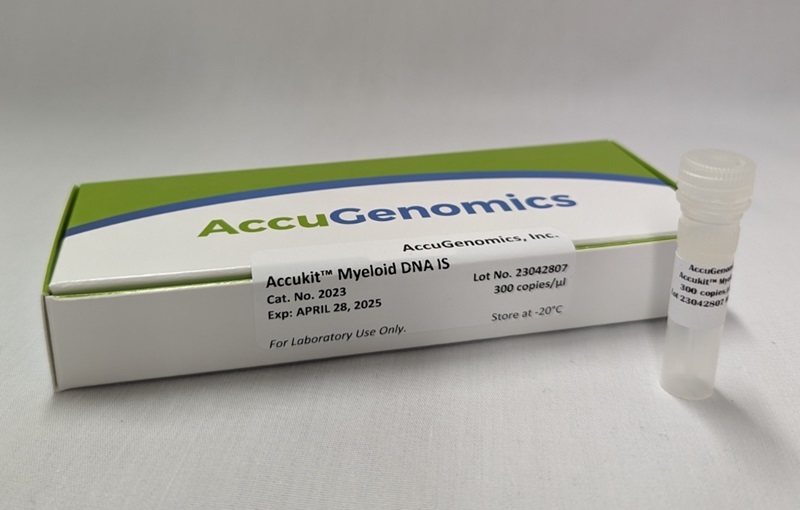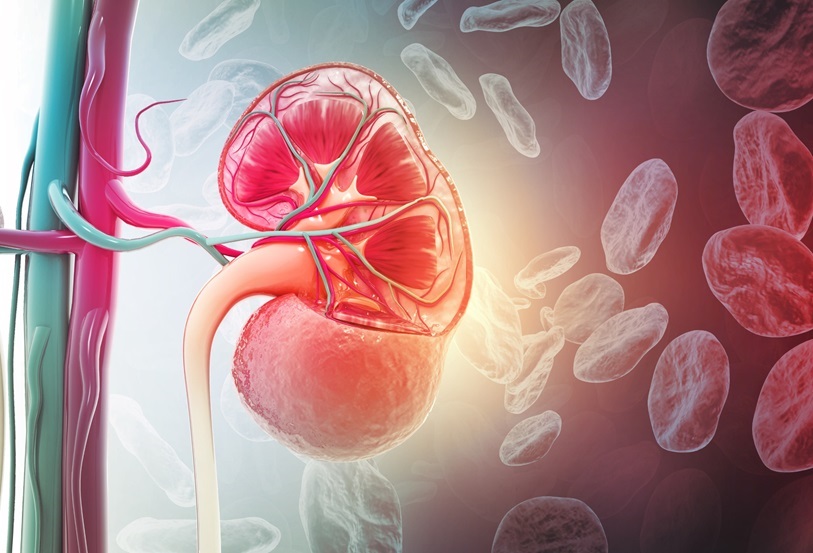Expo
view channel
view channel
view channel
view channel
view channel
view channel
view channel
view channel
view channel
Clinical Chem.Molecular DiagnosticsHematologyImmunology
PathologyTechnologyIndustry
Events

- Screening Tool Detects Multiple Health Conditions from Single Blood Drop
- Integrated Chemistry and Immunoassay Analyzer with Extensive Assay Menu Offers Flexibility, Scalability and Data Commutability
- Rapid Drug Test to Improve Treatment for Patients Presenting to Hospital
- AI Model Detects Cancer at Lightning Speed through Sugar Analyses
- First-Ever Blood-Powered Chip Offers Real-Time Health Monitoring
- MicroRNA-Based Test Identifies 12 Cancers Simultaneously Across Any Stage
- New Blood Test Platform Simultaneously Measures Over 100 Biomarkers of Alzheimer's Disease
- First-Ever Blood Test Diagnoses Maternal Autoantibody Related Autism
- Precision Medicine Blood Test Predicts Heart Disease Before It Occurs
- Blood-Based PCR Test Guides Alzheimer's Therapy
- Blood Platelet Score Detects Previously Unmeasured Risk of Heart Attack and Stroke
- Automated Benchtop System to Bring Blood Testing To Anyone, Anywhere
- New Hematology Analyzers Deliver Combined ESR and CBC/DIFF Results in 60 Seconds
- Next Generation Instrument Screens for Hemoglobin Disorders in Newborns
- First 4-in-1 Nucleic Acid Test for Arbovirus Screening to Reduce Risk of Transfusion-Transmitted Infections
- Blood Test Predicts Survival in Liver Cancer Patients
- Simple Blood Test Identifies Multiple Myeloma Patients Likely to Benefit from CAR-T Immunotherapy
- Portable Device Analyzes White Blood Cell Activity to Monitor Cancer Patients’ Health
- New Test Detects Return of Blood Cancer a Year Earlier
- Universal Blood Test Could Predict Organ Transplant Outcomes with Unprecedented Accuracy
- Automated Positive Blood Culture Sample Preparation Platform Designed to Fight Against Sepsis and AMR
- Revolutionary Molecular Culture ID Technology to Transform Bacterial Diagnostics
- New Digital PCR Assays Enable Accurate and Sensitive Detection of Critical Pathogens
- Rapid Diagnostic System to Deliver Same-Shift Antibiotic Susceptibility Test Results
- AST System Delivers Actionable Results for Gram-Negative Bacteria Directly from Positive Blood Cultures
- Cheap, Paper-Based Testing Platform Could Transform Diagnostics
- New Serological Pipet Controller Features Groundbreaking Repeat Dispense Ability
- Breath-Based Sampling System Diagnoses Lower Respiratory Tract Infection
- POCT Device Monitors C-Reactive Protein Levels Associated with Inflammation in Real Time
- New Microfluidics Method to Speed Up Blood Analyses
- Roche to Develop New Diagnostic Technologies for Traumatic Brain Injuries
- LGC Clinical Diagnostics and AccuGenomics Collaborate on Enhancing Cancer Testing Accuracy
- Beckman Coulter and SphingoTec Partner to Improve Kidney Health Assessment in Critical Care
- Seegene and Werfen Finalize Partnership Agreement on Technology-Sharing Initiative
- Cepheid Partners with Fleming Initiative to Fight Antimicrobial Resistance
- Gene Panel Predicts Disease Progession for Patients with B-cell Lymphoma
- New Method Simplifies Preparation of Tumor Genomic DNA Libraries
- New Tool Developed for Diagnosis of Chronic HBV Infection
- Panel of Genetic Loci Accurately Predicts Risk of Developing Gout
- Disrupted TGFB Signaling Linked to Increased Cancer-Related Bacteria
- AI-Based Breast Cancer Test Uses Routine Digital Histopathology Images for Risk Stratification
- AI Model Identifies Sex-Specific Risks Associated with Brain Tumors
- Breakthrough Virus Detection Technology Combines Confocal Fluorescence Microscopy with Microfluidic Laminar Flow
- AI Technology Accurately Predicts Breast Cancer Risk Via ‘Zombie Cells’
- Liquid Biopsy Solution Enables Non-Invasive Sample Collection and Direct Cell-Free DNA Stabilization from Urine

Expo
 view channel
view channel
view channel
view channel
view channel
view channel
view channel
view channel
view channel
Clinical Chem.Molecular DiagnosticsHematologyImmunology
PathologyTechnologyIndustry
Events
Advertise with Us
view channel
view channel
view channel
view channel
view channel
view channel
view channel
view channel
view channel
Clinical Chem.Molecular DiagnosticsHematologyImmunology
PathologyTechnologyIndustry
Events
Advertise with Us


- Screening Tool Detects Multiple Health Conditions from Single Blood Drop
- Integrated Chemistry and Immunoassay Analyzer with Extensive Assay Menu Offers Flexibility, Scalability and Data Commutability
- Rapid Drug Test to Improve Treatment for Patients Presenting to Hospital
- AI Model Detects Cancer at Lightning Speed through Sugar Analyses
- First-Ever Blood-Powered Chip Offers Real-Time Health Monitoring
- MicroRNA-Based Test Identifies 12 Cancers Simultaneously Across Any Stage
- New Blood Test Platform Simultaneously Measures Over 100 Biomarkers of Alzheimer's Disease
- First-Ever Blood Test Diagnoses Maternal Autoantibody Related Autism
- Precision Medicine Blood Test Predicts Heart Disease Before It Occurs
- Blood-Based PCR Test Guides Alzheimer's Therapy
- Blood Platelet Score Detects Previously Unmeasured Risk of Heart Attack and Stroke
- Automated Benchtop System to Bring Blood Testing To Anyone, Anywhere
- New Hematology Analyzers Deliver Combined ESR and CBC/DIFF Results in 60 Seconds
- Next Generation Instrument Screens for Hemoglobin Disorders in Newborns
- First 4-in-1 Nucleic Acid Test for Arbovirus Screening to Reduce Risk of Transfusion-Transmitted Infections
- Blood Test Predicts Survival in Liver Cancer Patients
- Simple Blood Test Identifies Multiple Myeloma Patients Likely to Benefit from CAR-T Immunotherapy
- Portable Device Analyzes White Blood Cell Activity to Monitor Cancer Patients’ Health
- New Test Detects Return of Blood Cancer a Year Earlier
- Universal Blood Test Could Predict Organ Transplant Outcomes with Unprecedented Accuracy
- Automated Positive Blood Culture Sample Preparation Platform Designed to Fight Against Sepsis and AMR
- Revolutionary Molecular Culture ID Technology to Transform Bacterial Diagnostics
- New Digital PCR Assays Enable Accurate and Sensitive Detection of Critical Pathogens
- Rapid Diagnostic System to Deliver Same-Shift Antibiotic Susceptibility Test Results
- AST System Delivers Actionable Results for Gram-Negative Bacteria Directly from Positive Blood Cultures
- Cheap, Paper-Based Testing Platform Could Transform Diagnostics
- New Serological Pipet Controller Features Groundbreaking Repeat Dispense Ability
- Breath-Based Sampling System Diagnoses Lower Respiratory Tract Infection
- POCT Device Monitors C-Reactive Protein Levels Associated with Inflammation in Real Time
- New Microfluidics Method to Speed Up Blood Analyses
- Roche to Develop New Diagnostic Technologies for Traumatic Brain Injuries
- LGC Clinical Diagnostics and AccuGenomics Collaborate on Enhancing Cancer Testing Accuracy
- Beckman Coulter and SphingoTec Partner to Improve Kidney Health Assessment in Critical Care
- Seegene and Werfen Finalize Partnership Agreement on Technology-Sharing Initiative
- Cepheid Partners with Fleming Initiative to Fight Antimicrobial Resistance
- Gene Panel Predicts Disease Progession for Patients with B-cell Lymphoma
- New Method Simplifies Preparation of Tumor Genomic DNA Libraries
- New Tool Developed for Diagnosis of Chronic HBV Infection
- Panel of Genetic Loci Accurately Predicts Risk of Developing Gout
- Disrupted TGFB Signaling Linked to Increased Cancer-Related Bacteria
- AI-Based Breast Cancer Test Uses Routine Digital Histopathology Images for Risk Stratification
- AI Model Identifies Sex-Specific Risks Associated with Brain Tumors
- Breakthrough Virus Detection Technology Combines Confocal Fluorescence Microscopy with Microfluidic Laminar Flow
- AI Technology Accurately Predicts Breast Cancer Risk Via ‘Zombie Cells’
- Liquid Biopsy Solution Enables Non-Invasive Sample Collection and Direct Cell-Free DNA Stabilization from Urine





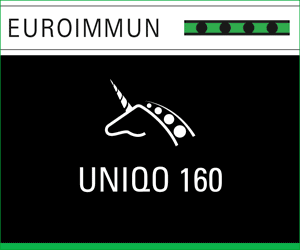











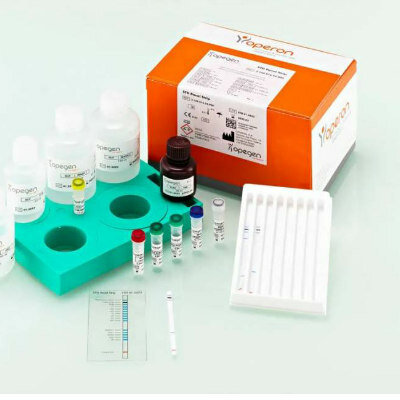



.jpg)



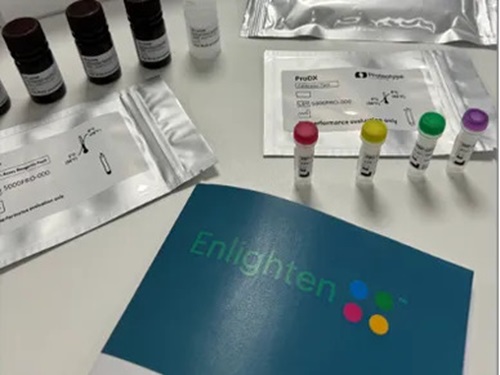
_1.jpeg)

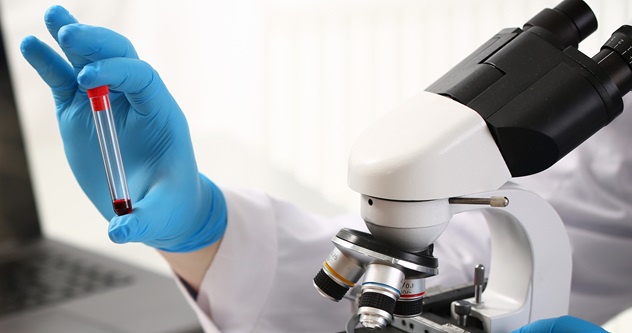



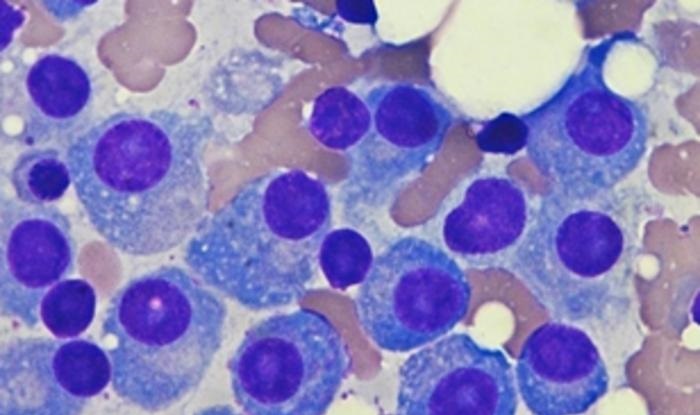



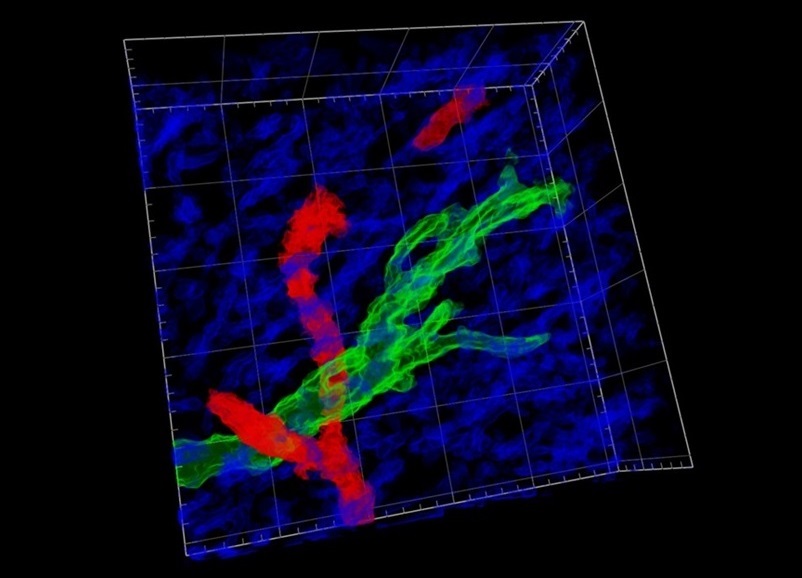

.jpg)

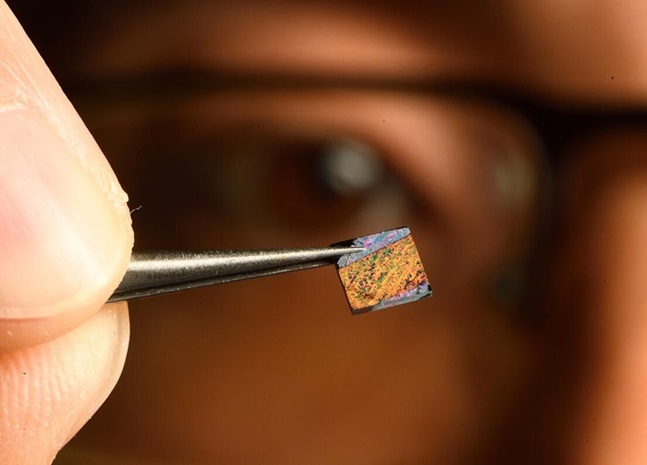
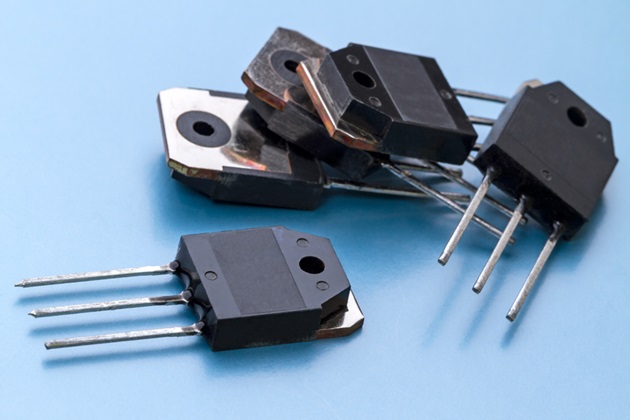


_1.jpg)

